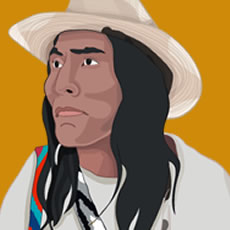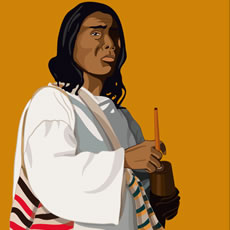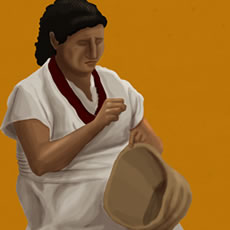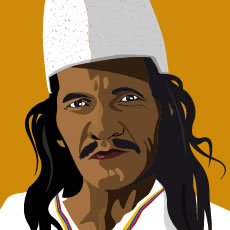The name “Wiwa” comes from the root ‘wi’ which means warm, from the lower warmer lands and also “to beget” or “to give birth to”. They are also known as Sanjá (Sanha or Sanká), which means natives or indigenous people, in opposition to sentalo, foreign or not indigenous. Other denominations are related to Wiwa villages: guamacas (from Guamaka), marocaseros (from Marokaso), arsarios (from El Rosario). The Wiwa are farmers that grow cassava, yams, malanga, plantains, corn, beans, coca and sugar cane for home consumption and coffee to sell.



